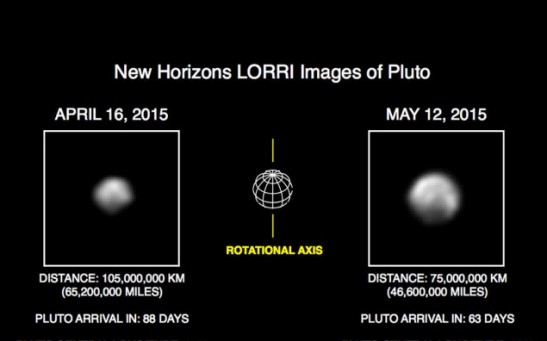nasa
SpaceX Earns Certification for the Pentagon

The Deceptive Surface of Mars
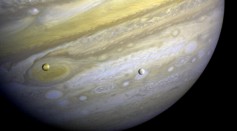
See What Tools Made the Cut Aboard the Upcoming Europa Clipper Mission
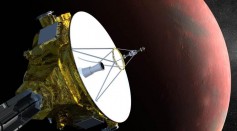
New App Brings Pluto to the Palm of Your Hand
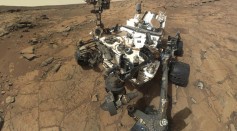
Methane Spike on the Red Planet Baffles Scientists
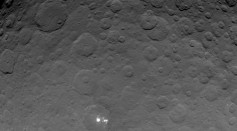
The Question Continues: The Bright Spots on Ceres, What Could They Be?
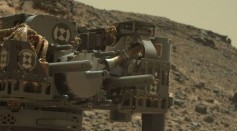
NASA's Curiosity Rover Adjusts Route Up A Mountain
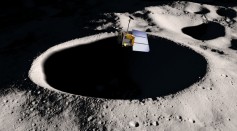
NASA Spacecraft Now Closer to the Moon Than Ever Before

Brightest Galaxy Ever Discovered Could Contain 300 Trillion Suns

Finding the Most Luminous Stars In the Sky

NASA's New Horizon Probe Could Send Crowdsourced Data to Aliens
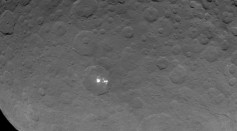
NASA Releases Best Images Ever of "Alien Lights" on Ceres
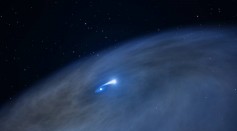
Hubble Observes Unique Star Dubbed "Nasty"
Reasons Why Some Scientists Believe There is Life on Mars
Most Popular

How Technology Is Changing the Real Estate Industry?

AI Revolution in Medical Education: Transforming How Healthcare Professionals Learn

Nikolay Karpenko Biography, Photo, Career, Accomplishments

Zombie Star Set to Light Up Night Sky: Blaze Star Could Erupt Soon

